2023 Annual Conference - Steamboat Springs CO. July 23-25 - 07/23/2023 to 07/25/2023Presenters for 2023 Annual Conference - Steamboat Springs CO. July 23-25Brady Ambron
White & Steele
Worker's Comp Update: Navigating New DIME Rules  | Aaron Bagley, P.E.
CMT Technical Services
CV
Knowing When to Ask for Help: Early, Effective Use of Expert Witnesses in Construction Defect Disputes With construction practices in Colorado and the Rocky Mountain region growing increasingly complex, expert witnesses are more important than ever in preparing for an effective defense in the event of a claim. This presentation will focus on identifying construction defect issues early for which expert testimony may be necessary, selecting the appropriate expert for the subject matter, and effectively utilizing expert involvement at early stages to maximize benefit. Specific attention will be given to how to best use expert review in early resolution efforts, including mediations and negotiated settlements. 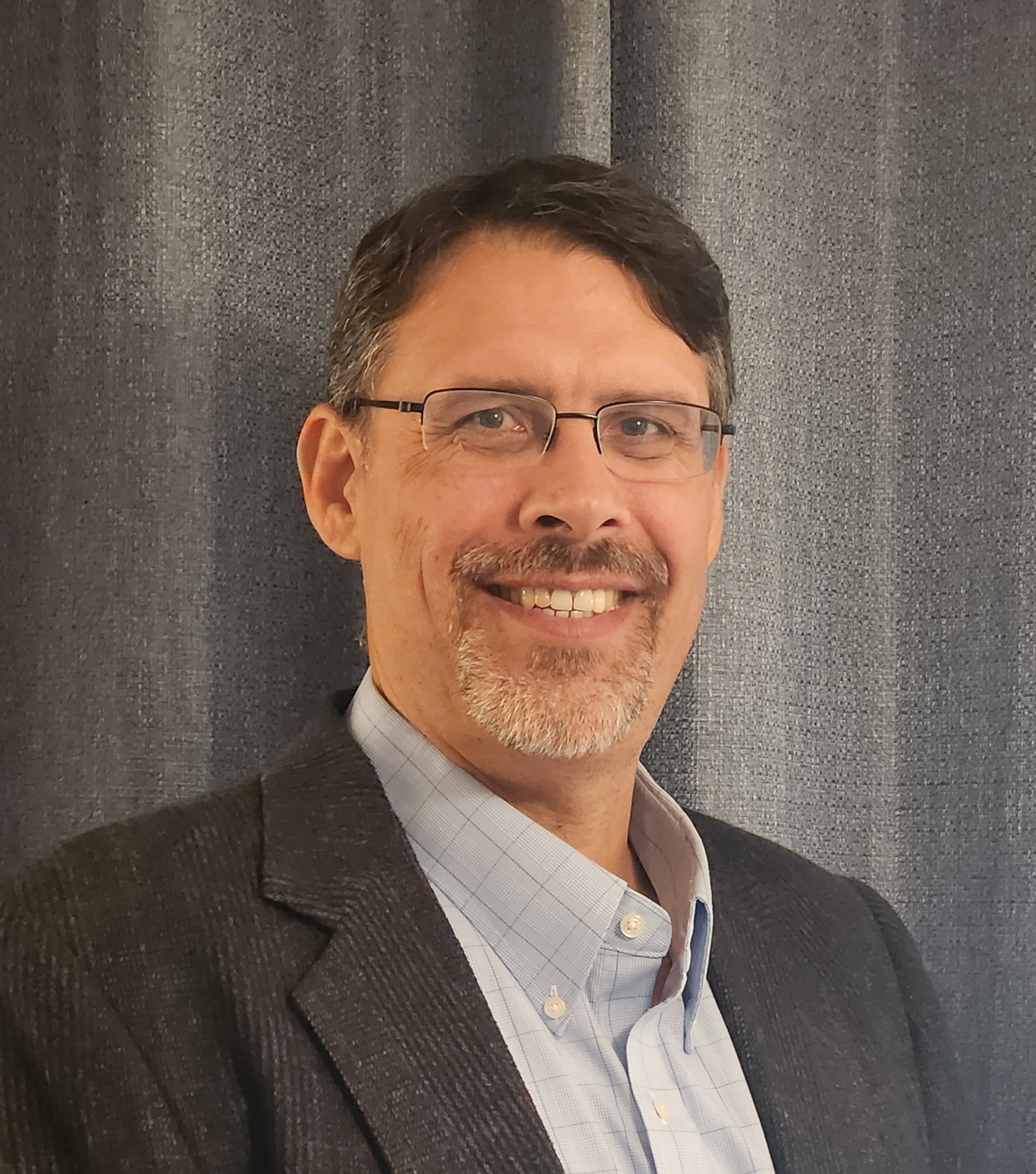 | Kendra N Beckwith
Lewis Roca Rothgerber Christie LLP
Trial Skills Refresher Series: Preserving Your Record -Trial and Appellate Perspectives*  | Hon. Susan Blanco
8th Judicial District Chief Judge
The New Age of Remote Proceedings - Pitfalls, Pros, and Cons* Judges Panel - New Paths in the Courtroom *  | Jacquelyn S Booker
Sutton | Booker
Trial Skills Refresher Series: Jury Instructions and Conferences*  | Tom Bradfield
Integrated Medical Evaluations, Inc.
Fundamental Considerations for Conducting and Interpreting Neuropsychological Testing Fundamental Considerations in Neuropsychological Assessment
Brent Van Dorsten PhD
Colorado Defense Lawyers Association, Steamboat Springs CO
July 24, 2023
I. Introduction to Neuropsychological Testing (5 minutes)
A. General Purposes
B. Goals/Objectives
C. Result Uses
II. Injuries to the Head, Diagnosis, Prognosis (10 minutes)
A. Archives of Physical Medicine and Rehabilitation 1993, 2023
a. Concussion – grading
b. Traumatic Brain Injury
i. Mild, mild complicated, Moderate, Severe
c. Closed Head Injury
d. Post-Concussive Syndrome
B. Prognosis for Recovery
a. Mild vs. Moderate injury prognosis
C. Factors Influencing Recovery
a. TBI Severity – Multiple in close proximity, severity,
b. Multiple injuries to the head (severity, proximity, recovery)
c. Age
d. Neurological Disorder - MS, SLE/Lupus, CVA/MI with hypoxia/anoxia, TIA, seizure disorder, ADD/ADHD, chronic fatigue syndrome, fibromyalgia, hypothyroidism, liver disease, epilepsy, Alzheimer’s/dementia, Parkinson’s disease, aneurysm, HIV infection/AIDS, meningitis/encephalitis, tumor
e. Low levels of education – Level, grades/GPA, MR/DD/LD, learning disabilities.
f. Motivation/Secondary gain (litigation, disability incentives/seeking disability, worker’s compensation, overt or covert incentives for persistent impairments
g. Mood, high levels of somatization or emotional distress
III. Common Components to Evaluation (5 minutes)
A. Record Review and Clinical Interview
a. Prior injuries to head
b. Education, grades, achievement
i. Special education, remedial education
c. Medical history
i. Acute medical evaluation/EMT/ambulance ER findings, MRI/CT, GCS scores
ii. Neurological disease, sleep disorders/OSA
iii. Pain issues, substance abuse
d. Mood/Cognitive history
i. Mood disorders, diagnosis/treatment, ADD/ADHD
e. Prior Neuropsych/SLP/cognitive testing results
IV. Neuropsychological Testing (8 minutes)
A. Administration in Person, Computer, Length
a. Fixed vs. Flexible Battery/Hypothesis Testing
b. Most Common Areas Assessed
c. Multiple tests used in each area – verbal, non-verbal
i. Memory (visual, verbal, working, non-verbal) *
1. Immediate, Delayed
ii. Concentration/Sustained Attention
iii. Processing Speed*
iv. Language
v. Visuo-Spatial
vi. Executive Function*
vii. Psychomotor speed
B. Performance and Symptom Validity Testing (8 minutes)
a. Purpose/Intent
b. Frequency of invalid responding
c. Standard of Practice – number, number for “invalid” determination
d. Interpretation, report writing
V. Interpretation of Neuropsychological Testing Results (8 minutes)
A. “Normal Range” for Age, Education norms
i. High score variability is the NORM not the EXCEPTION
ii. Education and variability
iii. Pattern recognition (memory/concentration/attention)
B. Validity Determination – Opinion versus Valid Opinion
C. Factors Shown to Adversely Affect Neuropsychological Test Scores
i. Injury to Brain
ii. Mood – depression*, anxiety*, PTSD*, bipolar disorder, psychiatric conditions
iii. Medications*, medication side effects* – Opioid, sleep, neuroleptic meds
iv. Substance use*, abuse, withdrawal – Marijuana*, alcohol*, others
v. Orthopedic injuries*, severity*, chronicity, site
vi. Neurological conditions, vision*, hearing*, dizziness*,use of dominant hand*
vii. Sleep disorders, fatigue*, non-restorative sleep*, Obstructive Sleep Apnea*
viii. Motivation*, adherence vs resistance (timed tasks, memory tasks)
D. In order to determine injury/TBI as the explanation for impaired results, neuropsychologist must reasonably “rule out” the contribution of each of these factors as a potential contributor
VI. Summary (5 minutes)
A. Standard questions to Neuropsychology
B. Constructing the Test Battery to Answer the Question at Hand
C. Validity Determination
D. Scoring/Interpretation for Patterns in Comparison to Clinical Complaints
E. Determining prognosis for recovery/need for retesting
F. Clearly stating what neuropsychological WILL tell us and what it WON’T tell us
| Sandy Brook
Judicial Arbiter Group, Inc.
Lessons from Darrow: Ethics and Advocacy in the Courtroom* (Ethics) Lessons from Darrow: Ethics and Advocacy in the Courtroom*
This CLE workshop features a series of vignettes from the play “Clarence Darrow: A One-Man Play” (by David Rintels). Our Moderator, Meredith McDonald, will set the scene for each of these vignettes where Sandy Brook will perform as Clarence Darrow. The vignettes will be followed by commentary from our Panelists, seasoned trial attorneys Frank Patterson and Karen Wheeler, moderated by Meredith McDonald. Drawing from the vignettes, they will examine various examples of effective courtroom advocacy as well as ethical considerations that arise from Darrow’s advocacy, examining closing arguments, cross and direct examinations, and commentary on Darrow’s influences in his life as a lawyer.
Clarence Darrow (1852-1938)
“Our country, our civilization, our race is based upon the belief that for all his weaknesses, there is still in man that divine spark that will make him reach upward for something higher and better than anything he has ever known.”
Clarence Darrow is widely recognized as the best and most influential trial lawyer of the 20th century. Darrow’s work in the courtroom addressed head on the most controversial issues of the day long before these causes were accepted or popular. In a series of landmark cases, Darrow advocated for racial equality, the rights of workers, the teaching of evolution, and the abolishment of the death penalty.
The late United States Supreme Court Justice William 0’ Douglas wrote, “Darrow represented the weak against the strong and he always met bigotry head on.”
Over a fifty-year legal career, Darrow is most widely known for representing John T. Scopes in the Scopes “Monkey” Trial, in which he opposed Reverend William Jennings Bryan (three-time presidential candidate) in advocating for the right to teach evolution in public schools. Other notable cases include his condemnation of the death penalty in the defense of two young “genius” thrill killers, Leopold and Loeb; his representation of Eugene Debs, whose Railway Workers Union went on strike to protest intolerable working conditions; and his representation of Dr. Ossian Sweet, an African American accused of murder in defending his home against an angry crowd of racists. In total, Darrow tried 102 capital murder cases. Not one of his clients was put to death.
Darrow believed that his client’s circumstances arose from larger philosophical and social wrongs. Darrow defended these cases not only for his clients, but also for the hearts and minds of the American people. Since his death in 1938, two bestselling books, dozens of articles, and a Chair at the University of Michigan Law School honor him.
 | Douglas K. Burrell
Chartwell Law
Insta-What?: Leveraging Social Media and Law Firm Marketing Ethics (Ethics) 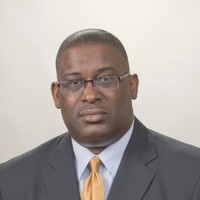 | Ike M Eckert
Hall & Evans
Lunch & Learn: Legislative Update The good, the bad and the ugly. What has Colorado’s Legislature been up to during the 2023 Legislative Session? Grab a sandwich and find out. This Lunch and Learn program will provide an overview of Colorado’s November 2022 elections and its immediate impact on the 2023 Legislature’s policy-making decisions. This session will discuss CDLA’s efforts during the past year to support and thwart new legislative measures impacting CDLA membership. This program will include a discussion and overview of new legislative measures that may impact case handling and strategies for those in the defense bar.
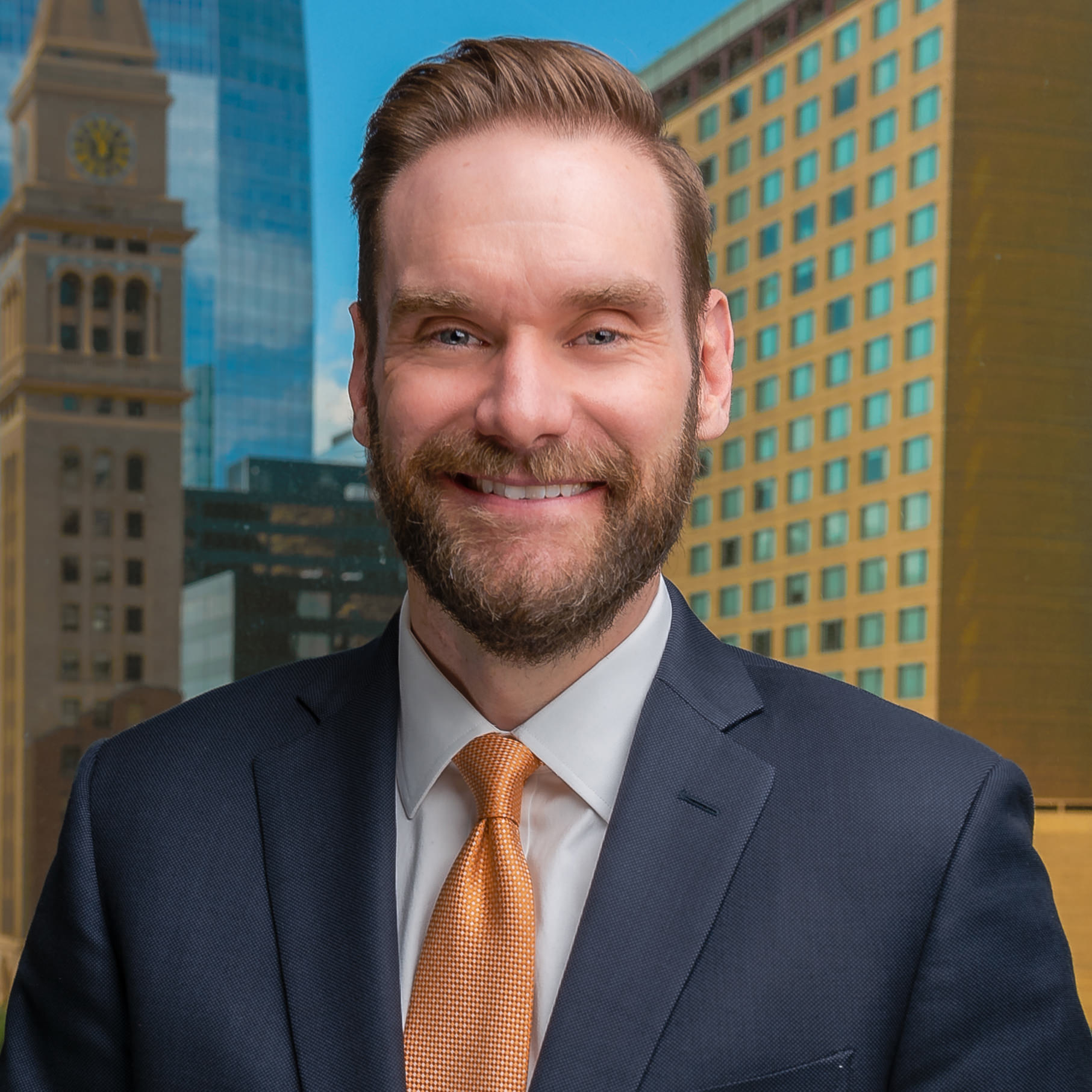 | Sandy M Eloranto
Sutton | Booker
The Wild, Wild West: Battles in Property Damage Bad Faith and Appraisals  | Joe Espinosa
Law Office of Robert B. Hunter
Worker's Comp Update: Navigating New DIME Rules  | Billy-George Hertzke
SGR, LLC
Reptile Theory, Runaway Verdicts, and Punitive Damages*  | Rachel T. Jennings
Sutton | Booker
Premises Liabilty Act I: Brush up on Basics Premesis Liabilty Act II: Advanced Issues and Strategies  | Cara M. Knight
Sutton | Booker
Premises Liabilty Act I: Brush up on Basics Premesis Liabilty Act II: Advanced Issues and Strategies  | Andrew M. LaFontaine
Jeremy R. Maline & Associates
Lunch & Learn - Case Law Update | Dylan Lewis
American Family Insurance
Lunch & Learn - Case Law Update 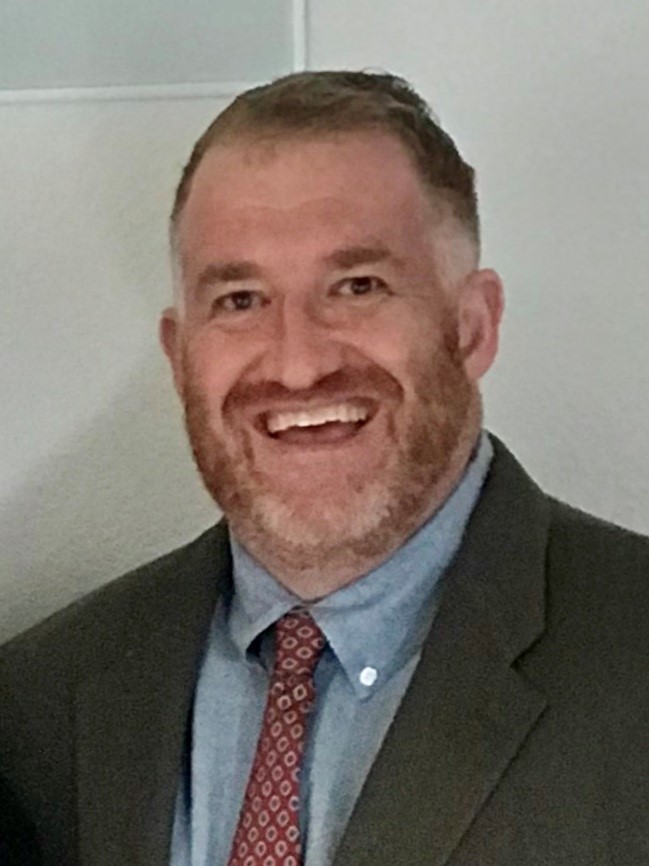 | Rodrigo Lugo
Hall Booth Smith
Med Mal Expert Witness Issue Review: Update and Tips This presentation will discuss the below issues related to endorsement of medical providers as retained and non-retained experts, issues in the context of medical malpractice litigation:
• Retained expert endorsements
o Rule 26 requirements
o CMO language
o Deposition v. endorsement
o Fees
o District court orders
• Non-retained expert endorsements
o Rule 26 requirements
o CMO language
o District court orders
• Ex parte meetings with treating providers
o Authority
o CMO language
o Meetings/records/standard of care opinions
o Challenge to sufficiency of endorsement
o District court orders
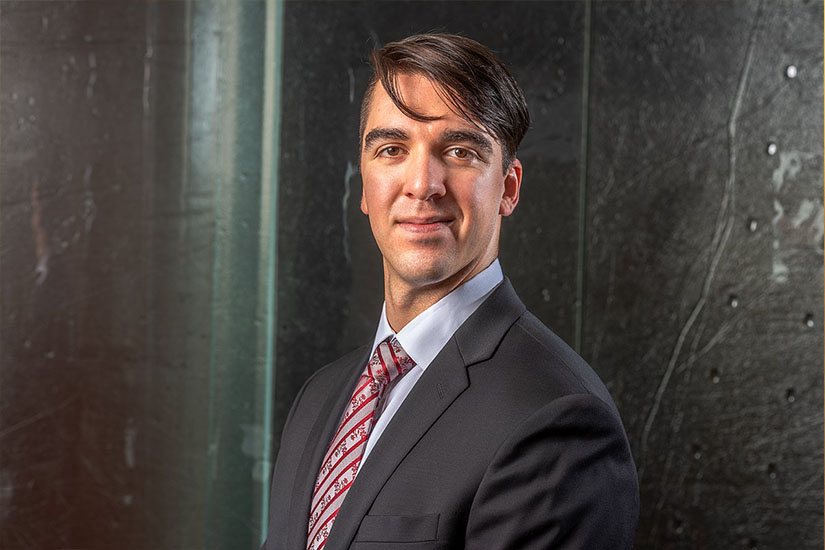 | Christina Marinakis
IMS Consulting & Expert Services
CV
Reptile Theory, Runaway Verdicts, and Punitive Damages* The Art of Jury Selection* 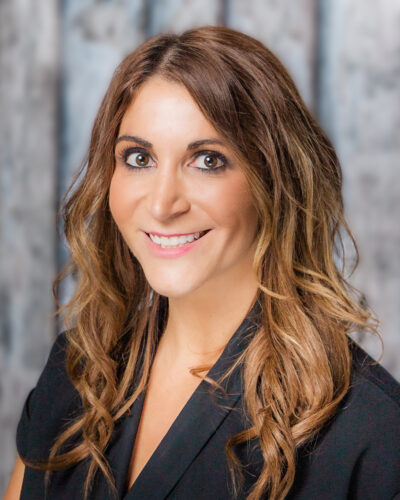 | Meredith L McDonald
O'Hagan Meyer
Lessons from Darrow: Ethics and Advocacy in the Courtroom* (Ethics) Lessons from Darrow: Ethics and Advocacy in the Courtroom*
This CLE workshop features a series of vignettes from the play “Clarence Darrow: A One-Man Play” (by David Rintels). Our Moderator, Meredith McDonald, will set the scene for each of these vignettes where Sandy Brook will perform as Clarence Darrow. The vignettes will be followed by commentary from our Panelists, seasoned trial attorneys Frank Patterson and Karen Wheeler, moderated by Meredith McDonald. Drawing from the vignettes, they will examine various examples of effective courtroom advocacy as well as ethical considerations that arise from Darrow’s advocacy, examining closing arguments, cross and direct examinations, and commentary on Darrow’s influences in his life as a lawyer.
Clarence Darrow (1852-1938)
“Our country, our civilization, our race is based upon the belief that for all his weaknesses, there is still in man that divine spark that will make him reach upward for something higher and better than anything he has ever known.”
Clarence Darrow is widely recognized as the best and most influential trial lawyer of the 20th century. Darrow’s work in the courtroom addressed head on the most controversial issues of the day long before these causes were accepted or popular. In a series of landmark cases, Darrow advocated for racial equality, the rights of workers, the teaching of evolution, and the abolishment of the death penalty.
The late United States Supreme Court Justice William 0’ Douglas wrote, “Darrow represented the weak against the strong and he always met bigotry head on.”
Over a fifty-year legal career, Darrow is most widely known for representing John T. Scopes in the Scopes “Monkey” Trial, in which he opposed Reverend William Jennings Bryan (three-time presidential candidate) in advocating for the right to teach evolution in public schools. Other notable cases include his condemnation of the death penalty in the defense of two young “genius” thrill killers, Leopold and Loeb; his representation of Eugene Debs, whose Railway Workers Union went on strike to protest intolerable working conditions; and his representation of Dr. Ossian Sweet, an African American accused of murder in defending his home against an angry crowd of racists. In total, Darrow tried 102 capital murder cases. Not one of his clients was put to death.
Darrow believed that his client’s circumstances arose from larger philosophical and social wrongs. Darrow defended these cases not only for his clients, but also for the hearts and minds of the American people. Since his death in 1938, two bestselling books, dozens of articles, and a Chair at the University of Michigan Law School honor him.
Developing your Employment Case at the Administrative Level  | Rachelle Mortimer
U.S. Chamber of Commerce Institute for Legal Reform
Reptile Theory, Runaway Verdicts, and Punitive Damages* 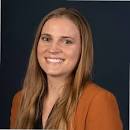 | Lily E. Nierenberg
Sutton | Booker
The Wild, Wild West: Battles in Property Damage Bad Faith and Appraisals  | Scott S Nixon
Hall Booth Smith
Med Mal Expert Witness Issue Review: Update and Tips This presentation will discuss the below issues related to endorsement of medical providers as retained and non-retained experts, issues in the context of medical malpractice litigation:
• Retained expert endorsements
o Rule 26 requirements
o CMO language
o Deposition v. endorsement
o Fees
o District court orders
• Non-retained expert endorsements
o Rule 26 requirements
o CMO language
o District court orders
• Ex parte meetings with treating providers
o Authority
o CMO language
o Meetings/records/standard of care opinions
o Challenge to sufficiency of endorsement
o District court orders
 | Jon Olafson
Buchalter
Mosquitos and Sledgehammers …and Other Impacts of Unconscious Bias (EDI Credit) Judges Panel - New Paths in the Courtroom * 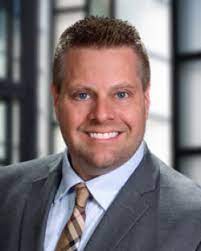 | Amy Cook Olson
Klein Cook Olson LLC
Trial Skills Refresher Series: Expert Cross Exam*  | Franklin D Patterson
Patterson Ripplinger
Lessons from Darrow: Ethics and Advocacy in the Courtroom* (Ethics) Lessons from Darrow: Ethics and Advocacy in the Courtroom*
This CLE workshop features a series of vignettes from the play “Clarence Darrow: A One-Man Play” (by David Rintels). Our Moderator, Meredith McDonald, will set the scene for each of these vignettes where Sandy Brook will perform as Clarence Darrow. The vignettes will be followed by commentary from our Panelists, seasoned trial attorneys Frank Patterson and Karen Wheeler, moderated by Meredith McDonald. Drawing from the vignettes, they will examine various examples of effective courtroom advocacy as well as ethical considerations that arise from Darrow’s advocacy, examining closing arguments, cross and direct examinations, and commentary on Darrow’s influences in his life as a lawyer.
Clarence Darrow (1852-1938)
“Our country, our civilization, our race is based upon the belief that for all his weaknesses, there is still in man that divine spark that will make him reach upward for something higher and better than anything he has ever known.”
Clarence Darrow is widely recognized as the best and most influential trial lawyer of the 20th century. Darrow’s work in the courtroom addressed head on the most controversial issues of the day long before these causes were accepted or popular. In a series of landmark cases, Darrow advocated for racial equality, the rights of workers, the teaching of evolution, and the abolishment of the death penalty.
The late United States Supreme Court Justice William 0’ Douglas wrote, “Darrow represented the weak against the strong and he always met bigotry head on.”
Over a fifty-year legal career, Darrow is most widely known for representing John T. Scopes in the Scopes “Monkey” Trial, in which he opposed Reverend William Jennings Bryan (three-time presidential candidate) in advocating for the right to teach evolution in public schools. Other notable cases include his condemnation of the death penalty in the defense of two young “genius” thrill killers, Leopold and Loeb; his representation of Eugene Debs, whose Railway Workers Union went on strike to protest intolerable working conditions; and his representation of Dr. Ossian Sweet, an African American accused of murder in defending his home against an angry crowd of racists. In total, Darrow tried 102 capital murder cases. Not one of his clients was put to death.
Darrow believed that his client’s circumstances arose from larger philosophical and social wrongs. Darrow defended these cases not only for his clients, but also for the hearts and minds of the American people. Since his death in 1938, two bestselling books, dozens of articles, and a Chair at the University of Michigan Law School honor him.
 | Hillary D Patterson
Patterson Ripplinger
Insta-What?: Leveraging Social Media and Law Firm Marketing Ethics (Ethics) Welcome & Announcements 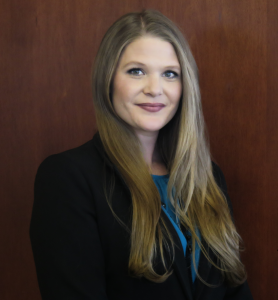 | J. Ryann Peyton
Colorado Attorney Mentoring Program (CAMP)/ Legal Entrepreneurs for Justice (LEI)
The Island of Misfit Lawyers The Island of Misfit Lawyers:
Creating Professional Communities Where Everyone Can Thrive
A lawyer’s experience in the legal profession conjures different emotions, experiences, and attitudes based on factors related to one’s identities. These identities, both personal and professional, will ultimately be embraced or rejected by the cultural and leadership norms of the profession. When their identities are rejected, some lawyers simply feel as though they don’t belong. They become legal misfits. Colorado’s legal community has many self-proclaimed misfits. Each of them seeking community, opportunity, and authenticity. Together, we form places of refuge, small islands, where those who don’t fit the mold can find belonging.
This presentation will explore cultural and leadership pain points that undermine belonging in the legal profession. We will also examine the ways in which small habits that every lawyer and organizational leader can employ to build bridges across the islands of misfit and join in the work of creating professional communities and cultures where everyone can thrive. Afterall, discovering your unique gifts is part of what makes this journey worth the effort. Welcome to the island!
Agenda
5 mins. Introduction
1) About Ryann, logistics, and training expectations.
20 mins. PART 1: Professional Pain Points & The Value of Belonging
1) A discussion about “lawyer professional identity”: how it is formed, challenges and benefits of identity, and the ways in which identity is accepted or rejected by traditional legal profession norms and expectations.
2) The ways in which belonging and uniqueness are cultivated in legal organizations based on professional identity.
3) Leadership styles that impact feelings of belonging in the legal profession.
4) The ways in which culture impact feelings of belonging in the legal profession.
20 mins. PART 2: The Atomic Legal Organization
1) Why “Atomic”? In a sense, lawyers and legal employers are like the atoms of our profession. They are fundamental units that combine into the overall system and culture that make up our professional world.
2) Six Steps to Generating Belonging for Legal Misfits
3) Measuring the Impact of Bias & Motivating Institutional Change
a. Examining Organizational Culture
b. Analyzing Organizational Culture
5 mins. Question & Answer
 | Alice Conway Powers
O'Hagan Meyer
Developing your Employment Case at the Administrative Level  | Debby Reece
American Family Insurance
The New Age of Remote Proceedings - Pitfalls, Pros, and Cons*  | Jeffrey C Ruebel
Ruebel & Quillen
Lunch & Learn - Case Law Update  | Heather A Salg
Messner Reeves
Reptile Theory, Runaway Verdicts, and Punitive Damages* 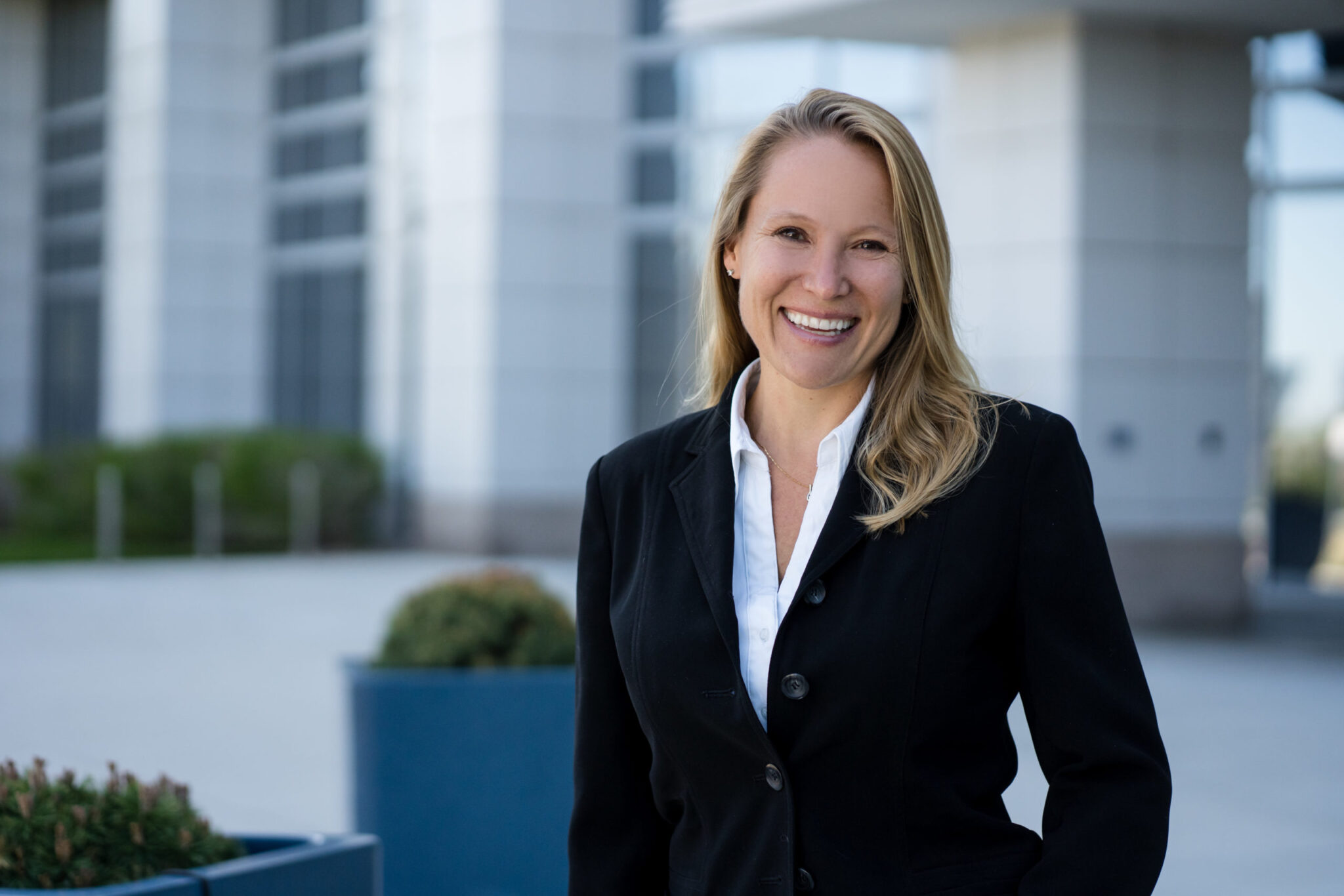 | Marv Truhe, Author, Former JAG Corps Attorney
Against All Tides: The Untold Story of the USS Kitty Hawk Race Riots (a Defense Attorney’s Perspective) (Ethics) Against All Tides: The Untold Story of the USS Kitty Hawk Race Riots (a Defense Attorney's Perspective) (Ethics) . Marv Truhe, Author, Former US Navy JAG Lawyer This presentation is inspired by Mr. Truhe's book, Against All Tides, The Untold Story of the USS Kitty Hawk Race Riot. The book exposes the racial injustices perpetrated against 25 Black sailors who were charged with rioting aboard the Kitty Hawk in 1972 while it was conducting bombing runs into North Vietnam. Mr. Truhe's first-person account chronicles the incident and his defense of several of those sailors at their courts-martial trials. Mr. Truhe's presentation will draw from those experiences to discuss ethical dilemmas in the legal practice when answering to superiors and interplay with rules of professional conduct, as well as issues related to unconscious racial bias.  | Chris Unger
American Family Insurance
Trial Skills Refresher Series: Jury Instructions and Conferences*  | Dr. Brent Van Dorsten, Ph.D
President, Colorado Center for Behavioral Medicine
CV
Fundamental Considerations for Conducting and Interpreting Neuropsychological Testing Fundamental Considerations in Neuropsychological Assessment
Brent Van Dorsten PhD
Colorado Defense Lawyers Association, Steamboat Springs CO
July 24, 2023
I. Introduction to Neuropsychological Testing (5 minutes)
A. General Purposes
B. Goals/Objectives
C. Result Uses
II. Injuries to the Head, Diagnosis, Prognosis (10 minutes)
A. Archives of Physical Medicine and Rehabilitation 1993, 2023
a. Concussion – grading
b. Traumatic Brain Injury
i. Mild, mild complicated, Moderate, Severe
c. Closed Head Injury
d. Post-Concussive Syndrome
B. Prognosis for Recovery
a. Mild vs. Moderate injury prognosis
C. Factors Influencing Recovery
a. TBI Severity – Multiple in close proximity, severity,
b. Multiple injuries to the head (severity, proximity, recovery)
c. Age
d. Neurological Disorder - MS, SLE/Lupus, CVA/MI with hypoxia/anoxia, TIA, seizure disorder, ADD/ADHD, chronic fatigue syndrome, fibromyalgia, hypothyroidism, liver disease, epilepsy, Alzheimer’s/dementia, Parkinson’s disease, aneurysm, HIV infection/AIDS, meningitis/encephalitis, tumor
e. Low levels of education – Level, grades/GPA, MR/DD/LD, learning disabilities.
f. Motivation/Secondary gain (litigation, disability incentives/seeking disability, worker’s compensation, overt or covert incentives for persistent impairments
g. Mood, high levels of somatization or emotional distress
III. Common Components to Evaluation (5 minutes)
A. Record Review and Clinical Interview
a. Prior injuries to head
b. Education, grades, achievement
i. Special education, remedial education
c. Medical history
i. Acute medical evaluation/EMT/ambulance ER findings, MRI/CT, GCS scores
ii. Neurological disease, sleep disorders/OSA
iii. Pain issues, substance abuse
d. Mood/Cognitive history
i. Mood disorders, diagnosis/treatment, ADD/ADHD
e. Prior Neuropsych/SLP/cognitive testing results
IV. Neuropsychological Testing (8 minutes)
A. Administration in Person, Computer, Length
a. Fixed vs. Flexible Battery/Hypothesis Testing
b. Most Common Areas Assessed
c. Multiple tests used in each area – verbal, non-verbal
i. Memory (visual, verbal, working, non-verbal) *
1. Immediate, Delayed
ii. Concentration/Sustained Attention
iii. Processing Speed*
iv. Language
v. Visuo-Spatial
vi. Executive Function*
vii. Psychomotor speed
B. Performance and Symptom Validity Testing (8 minutes)
a. Purpose/Intent
b. Frequency of invalid responding
c. Standard of Practice – number, number for “invalid” determination
d. Interpretation, report writing
V. Interpretation of Neuropsychological Testing Results (8 minutes)
A. “Normal Range” for Age, Education norms
i. High score variability is the NORM not the EXCEPTION
ii. Education and variability
iii. Pattern recognition (memory/concentration/attention)
B. Validity Determination – Opinion versus Valid Opinion
C. Factors Shown to Adversely Affect Neuropsychological Test Scores
i. Injury to Brain
ii. Mood – depression*, anxiety*, PTSD*, bipolar disorder, psychiatric conditions
iii. Medications*, medication side effects* – Opioid, sleep, neuroleptic meds
iv. Substance use*, abuse, withdrawal – Marijuana*, alcohol*, others
v. Orthopedic injuries*, severity*, chronicity, site
vi. Neurological conditions, vision*, hearing*, dizziness*,use of dominant hand*
vii. Sleep disorders, fatigue*, non-restorative sleep*, Obstructive Sleep Apnea*
viii. Motivation*, adherence vs resistance (timed tasks, memory tasks)
D. In order to determine injury/TBI as the explanation for impaired results, neuropsychologist must reasonably “rule out” the contribution of each of these factors as a potential contributor
VI. Summary (5 minutes)
A. Standard questions to Neuropsychology
B. Constructing the Test Battery to Answer the Question at Hand
C. Validity Determination
D. Scoring/Interpretation for Patterns in Comparison to Clinical Complaints
E. Determining prognosis for recovery/need for retesting
F. Clearly stating what neuropsychological WILL tell us and what it WON’T tell us
 | Angela M. Vichick
Lewis Roca Rothgerber Christie LLP
Trial Skills Refresher Series: Preserving Your Record -Trial and Appellate Perspectives*  | Hon. Vincente Vigil
19th Judicial District Judge
Judges Panel - New Paths in the Courtroom * 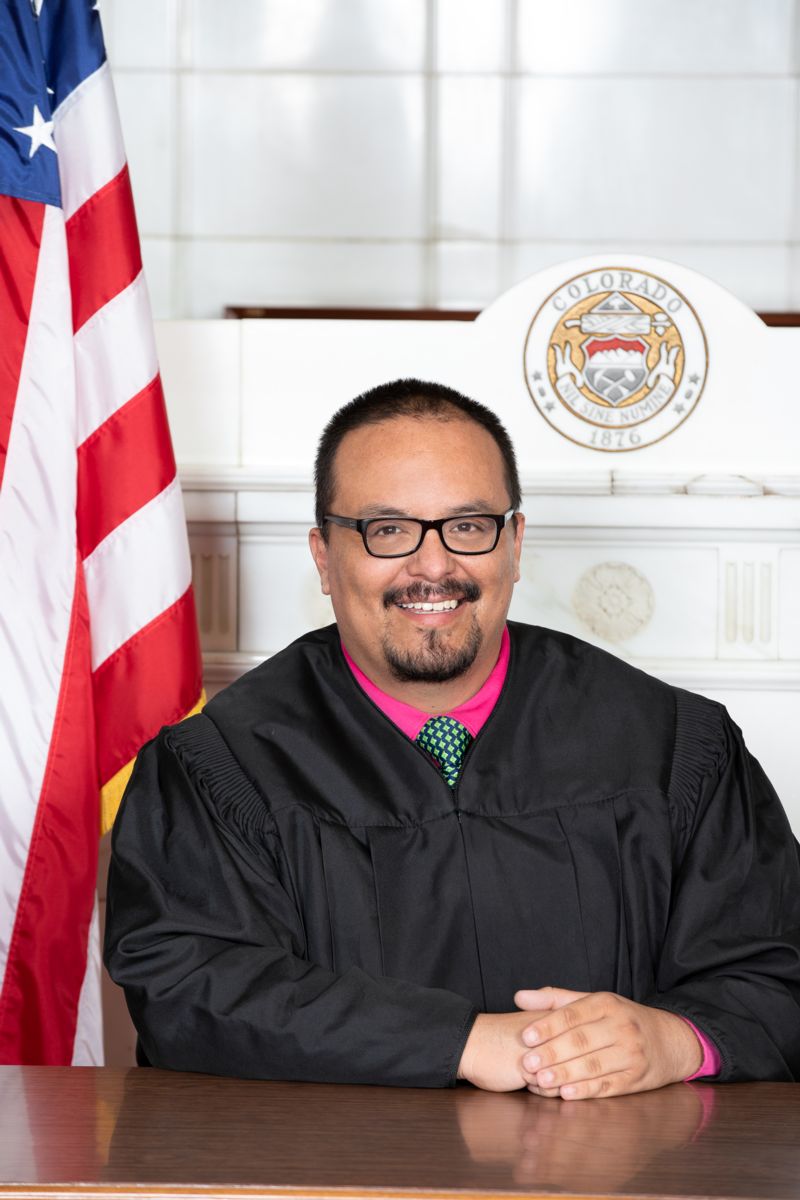 | Hon. Jaun Villaseñor, 8th Judicial District Judge
Judges Panel - New Paths in the Courtroom * 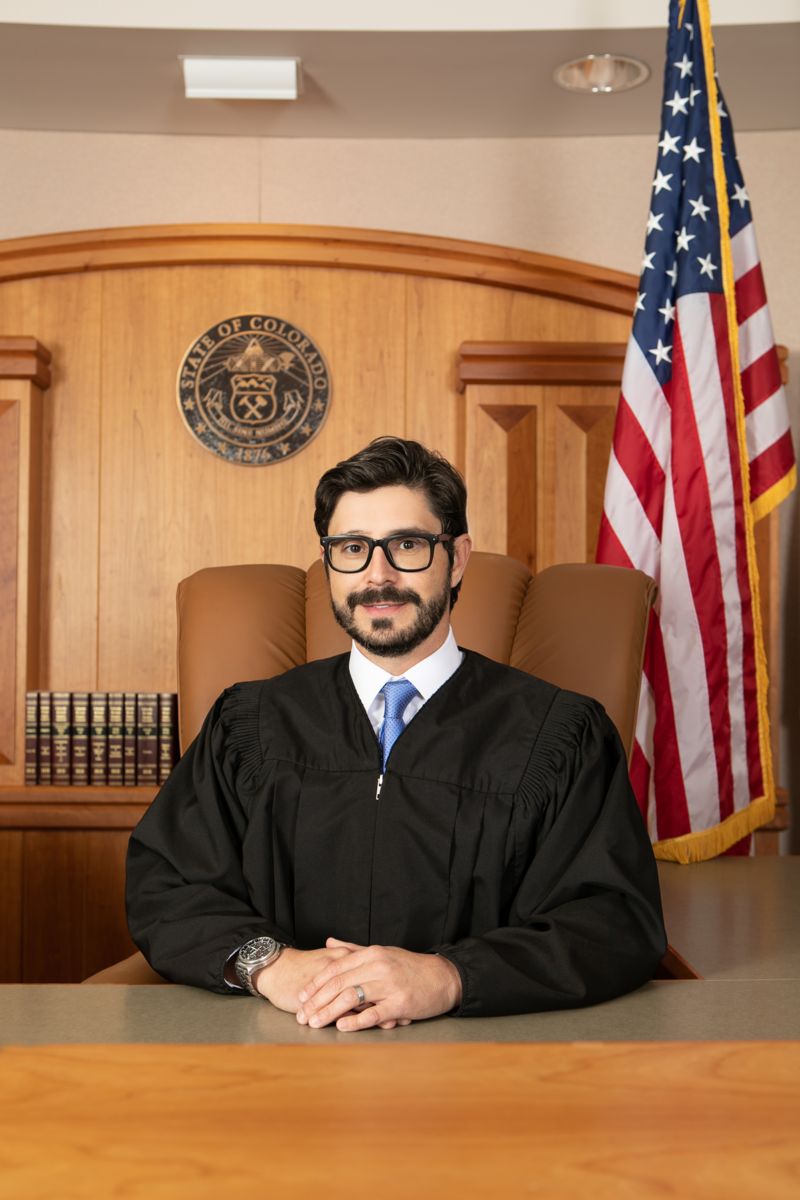 | Hon. Sarah Wallace, Colorado 2nd Judicial District.
Judges Panel - New Paths in the Courtroom *  | Karen Wheeler
Wheeler Law
Lessons from Darrow: Ethics and Advocacy in the Courtroom* (Ethics) Lessons from Darrow: Ethics and Advocacy in the Courtroom*
This CLE workshop features a series of vignettes from the play “Clarence Darrow: A One-Man Play” (by David Rintels). Our Moderator, Meredith McDonald, will set the scene for each of these vignettes where Sandy Brook will perform as Clarence Darrow. The vignettes will be followed by commentary from our Panelists, seasoned trial attorneys Frank Patterson and Karen Wheeler, moderated by Meredith McDonald. Drawing from the vignettes, they will examine various examples of effective courtroom advocacy as well as ethical considerations that arise from Darrow’s advocacy, examining closing arguments, cross and direct examinations, and commentary on Darrow’s influences in his life as a lawyer.
Clarence Darrow (1852-1938)
“Our country, our civilization, our race is based upon the belief that for all his weaknesses, there is still in man that divine spark that will make him reach upward for something higher and better than anything he has ever known.”
Clarence Darrow is widely recognized as the best and most influential trial lawyer of the 20th century. Darrow’s work in the courtroom addressed head on the most controversial issues of the day long before these causes were accepted or popular. In a series of landmark cases, Darrow advocated for racial equality, the rights of workers, the teaching of evolution, and the abolishment of the death penalty.
The late United States Supreme Court Justice William 0’ Douglas wrote, “Darrow represented the weak against the strong and he always met bigotry head on.”
Over a fifty-year legal career, Darrow is most widely known for representing John T. Scopes in the Scopes “Monkey” Trial, in which he opposed Reverend William Jennings Bryan (three-time presidential candidate) in advocating for the right to teach evolution in public schools. Other notable cases include his condemnation of the death penalty in the defense of two young “genius” thrill killers, Leopold and Loeb; his representation of Eugene Debs, whose Railway Workers Union went on strike to protest intolerable working conditions; and his representation of Dr. Ossian Sweet, an African American accused of murder in defending his home against an angry crowd of racists. In total, Darrow tried 102 capital murder cases. Not one of his clients was put to death.
Darrow believed that his client’s circumstances arose from larger philosophical and social wrongs. Darrow defended these cases not only for his clients, but also for the hearts and minds of the American people. Since his death in 1938, two bestselling books, dozens of articles, and a Chair at the University of Michigan Law School honor him.
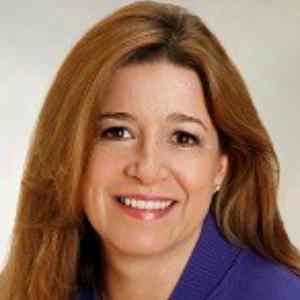 | Ryan A Williams
Wilson Elser Moskowitz Edelman & Dicker LLLP
Knowing When to Ask for Help: Early, Effective Use of Expert Witnesses in Construction Defect Disputes With construction practices in Colorado and the Rocky Mountain region growing increasingly complex, expert witnesses are more important than ever in preparing for an effective defense in the event of a claim. This presentation will focus on identifying construction defect issues early for which expert testimony may be necessary, selecting the appropriate expert for the subject matter, and effectively utilizing expert involvement at early stages to maximize benefit. Specific attention will be given to how to best use expert review in early resolution efforts, including mediations and negotiated settlements.  |
|


